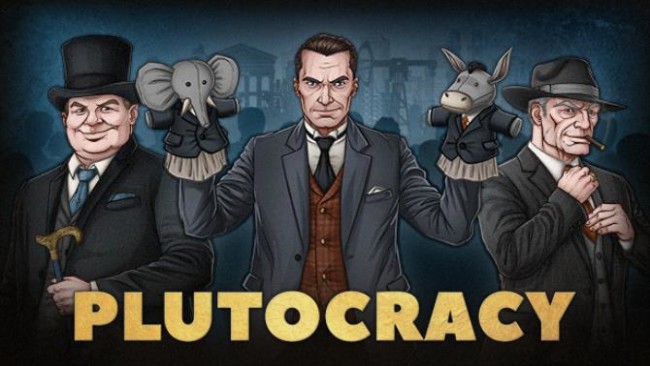

“In the US, there is basically one party – the Business Party. There is abundant evidence, for those who trouble themselves to seek it out, that Noam Chomsky’s assessment of the duopoly was correct: Many of the same signs of cheating discovered in the 2016 Democratic primaries have been repeated in the current race, not that Republicans are above similar shady tactics. The judge who dismissed the DNC cheating lawsuit in 2017 said that while it was clear the DNC rigged the primary to deprive Bernie Sanders of the nomination, cheating his supporters out of the millions of dollars they had donated wasn’t illegal. In Democratic primaries, candidates can legally be selected in ‘smoke-filled rooms‘ rather than elected. AOC was never expected to win her primary against an establishment incumbent, and may not have succeeded if the Democratic Party had recognized the threat she posed to their power before it was too late. Canada’s new Finance Minister, Chrystia Freeland called out the Plutocrats in 2013, and was offered a seat at their table for her trouble, so now she’s too busy to say anything more on the topic.Īlthough the victory of Alexandria Ocasio-Cortez could be trotted out as rare example of the people actually getting who, if not what, they voted for, there is no certainty voters will ever see her platform come to fruition because the vast majority of both houses is beholden to the oligarchy.

#PLUTOCRACY PART 2 FREE#
In Canada’s 1988 single-issue federal election, a majority of the electorate voted for parties that promised to reject the North American Free Trade Agreement, but their jobs were sent to Mexico anyway and did not return even after the “ false majority” government responsible was kicked to the curb in the next election. In Canada, another pseudo-democracy, nobody has replicated Gilens & Page yet and I don’t think any political science student who wants to do so should expect encouragement from the academic establishment because I am certain the same results would emerge.Ī typical Canadian election involves turfing out a party who failed to deliver on their promises. It is also instructive to consider the specific policies which have caused the most severe economic harm to the poor and working class, like NAFTA. Perhaps the only reason voters get even 30% of what they want is to prevent them from building guillotines.

Perhaps the big rats – the oligarchs – let voters win 30% of the time so we’ll continue to cling to the illusion of democracy, even though the little rats only ever win when the big rats let them. Of course, correlation is not causation, but perhaps this is the reason the average voter’s influence on public policy flatlines at 30% rather than 25%, or ten. If the little rat doesn’t play, the big rat can’t have fun. However, if the big rat doesn’t let the little rat win 30% of the time, the little rat won’t play. Adolescent rats love to wrestle, and Panksepp discovered that if one rat is at least 10% bigger than another, it will trounce the smaller rat every time. This figure may have a unique significance with respect the way our brains are wired. Oligarchy notes that the probability of a law passing is about 30% no matter what percentage of average voters approve of it. The Gilens & Page study (2014) that exposed the U.S. is a “democracy” has been stubbornly persistent for a number of reasons, including cultural saturation and cognitive dissonance, but there’s another factor that may contribute to maintaining the illusion of choice. However, plutocracy and oligarchy can be used interchangeably not just because the few who rule also happen to be rich, but because of the other feature both systems have in common: the average citizen has no say in public policy, so the ruling class does not have the consent of the governed. Oligarchy means rule by the few, but Plutocracy, which means rule by the wealthy, may be a more accurate term to describe U.S.


 0 kommentar(er)
0 kommentar(er)
